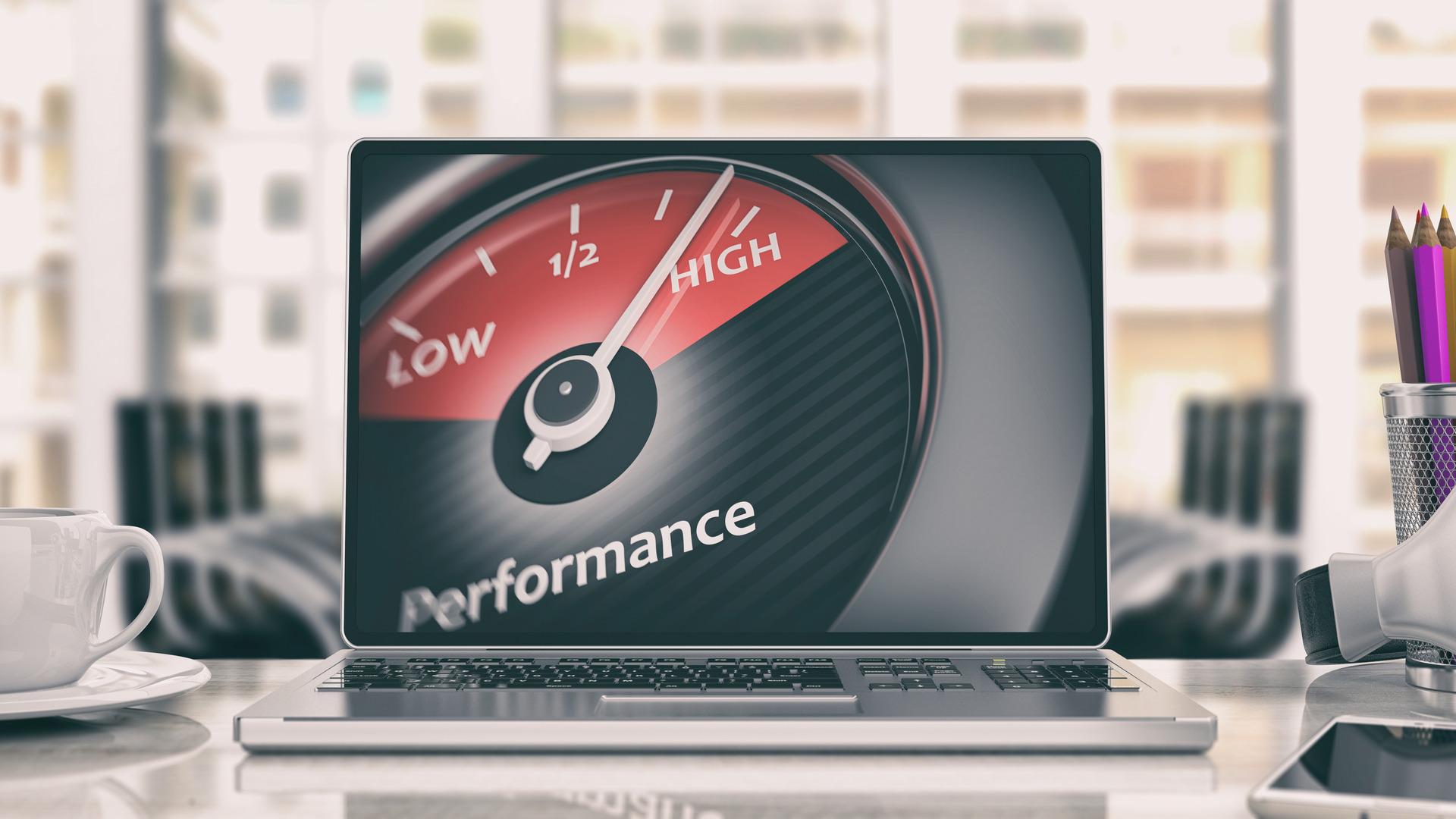For the avid gamer, a seamless and lag-free experience is the cornerstone while gaming. Nothing is more disheartening than attempting to get immersed in a virtual world, only to be confronted with stuttering graphics and sluggish gameplay. Fortunately, there is a multitude of ways to avoid these issues by diagnosing and rectifying low FPS occurrences on any gaming computer.
What is FPS in games?
FPS, or “Frames Per Second,” represents the number of individual frames or images displayed on the screen every second. This metric directly impacts the visual fluidity and overall smoothness of a video game, and a low FPS indicates the computer struggles to render and display frames quickly enough. These problems are typically due to insufficient processing power, memory, or other hardware limitations, resulting in choppy and stuttering graphics and hindering the immersive experience for players.
The optimal FPS range falls within 30 to 60 FPS, as it balances smooth gameplay and visual fidelity. At 30 FPS, the game is generally playable, but there still may be slight stuttering in more demanding games. The gold standard is 60 FPS, providing smoother gameplay, especially for competitive and visually intensive games. Now, modern games include built-in FPS counters to aid gamers in monitoring their FPS to provide real-time feedback on the current frame rate.
Aside from games, monitor refresh rate impacts how high the FPS should be; for example, if there is a 120 HZ monitor, it needs 120 FPS for peak performance.
What causes low FPS?
Experiencing low FPS can stem from several underlying factors. One of the most common issues is an outdated or underpowered graphics card (GPU). As games evolve with increasingly complex graphics, older GPUs struggle to efficiently render high-resolution textures and detailed scenes, resulting in choppy gameplay.
Another possible contributor to low FPS is insufficient RAM, as modern games demand substantial amounts of RAM to load textures and maintain overall performance. Inadequate RAM hinders the system’s ability to store and manage the required data, causing stutters and slowdowns during gameplay.
Low FPS can also be caused by running games at maximum graphical settings. Although it is visually stunning, it puts a considerable strain on the PC’s hardware and will result in low FPS if the computer can’t keep up.
An underpowered CPU is another potential reason for low FPS. CPUs handle various game-related tasks, including physics calculations and overall game logic, so an outdated or inadequate CPU can bottleneck the system’s performance.
One of the final causes of low FPS is the speed at which a computer loads game assets, especially in open-world games or those with expansive maps. Traditional Hard Disk Drives (HDDs) are slower than Solid State Drives (SSDs) in terms of data retrieval, so running games from a slow HDD can result in extended loading times and, at times.
There are many reasons why the system has a low FPS, including outdated GPUs, insufficient RAM, high in-game settings, underpowered CPUs, and slow HDDs. The best way to resolve these issues is to identify the specific bottleneck in the system and address it through hardware upgrades or in-game settings adjustments.
How do I fix low FPS in PC games?
Although there are several reasons for the issue, there are plenty of strategies on how to increase FPS. First, examine the in-game settings of the specific game. Plenty of games offer various graphics options, making it easy to adjust settings like texture quality, shadow detail, and anti-aliasing to significantly reduce the graphical load on the hardware.
Additionally, check that the GPU, CPU, and the game itself are up to date because outdated drivers can introduce compatibility issues and hinder performance. Regularly updating your GPU drivers and CPU can substantially boost FPS. Remember to look out for game patches or updates instrumental in addressing performance-related issues.
Another method is managing the PC’s power settings. See if the system is set to “High Performance” mode, allowing the CPU and GPU to operate at their full potential during gaming sessions. To access these power settings, right-click the Windows Start button, navigate to “Power Options,” and select “High Performance.” For Windows 10 users, enable Game Mode, a built-in feature designed to optimize the system’s performance for gaming. Game Mode prioritizes CPU and GPU resources for the active game and can be activated by pressing `Win + G` to open the Game Bar, then clicking on the Settings icon and toggling Game Mode to “On.”
A final solution is to lower the game’s resolution, as it results in fewer pixels to render, easing the load on the GPU. It may lead to a less sharp visual experience but can significantly enhance performance.
Along with these solutions, minimize background applications while gaming, as resource-intensive programs can divert valuable system resources away from the game.
Also, keep in mind the effectiveness of these strategies varies depending on the specific hardware and the game.
What gives a gaming PC more FPS?
Improving the Frames Per Second (FPS) for gaming PC optimization is essential for a better gaming experience. One way to do this is to upgrade the CPU and GPU, but RAM also plays a crucial role. If the system’s memory is insufficient for the demands of the games, upgrading RAM alleviates bottlenecks and enhances overall gaming performance. Another hardware upgrade that’s worth considering is going from a traditional HDD to a faster SSD since they drastically reduce loading times, particularly in games with extensive open-world environments.
Another method for getting better FPS is to maintain a stable, high-speed internet connection for online gaming by upgrading the Wi-Fi router or using a wired Ethernet connection to reduce latency for smoother online gameplay.
Software-wise, regularly defragmenting the hard drive may indirectly improve game performance, but this is more relevant for HDDs than SSDs. Additionally, fine-tune GPU settings through control panels like Nvidia Control Panel or AMD/ATI Control Center.
Since the effectiveness of these techniques depends on the specific hardware and games, combining multiple approaches is advisable for the best results. Always ensure the PC is adequately cooled, and keep hardware drivers up to date to maintain stability when working towards higher FPS.
Upgrading your Gaming PC
Ready to dominate your favorite games with maximum FPS?
Then, find a new GPU, CPU, or SSD upgrade to increase your FPS by searching through iBUYPOWER’s extensive selection of prebuilt PCs and components. Don’t settle for subpar performance any longer; seize the opportunity to enhance your gameplay today.






